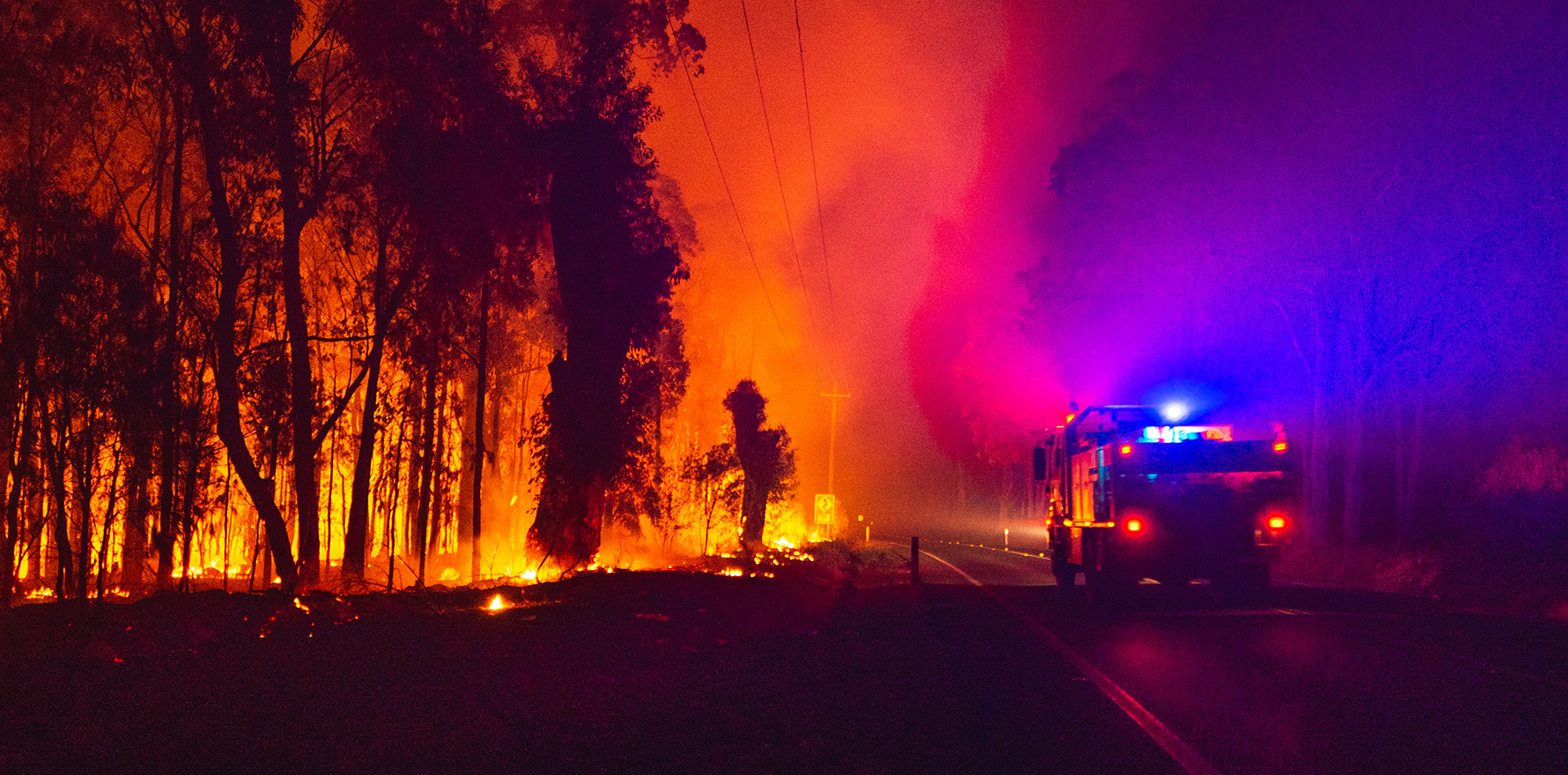Opioids continue to be the most frequently implicated drug in fatal overdoses as Australia reaches the grim milestone of more than 2000 drug-induced deaths each year for a decade.
A preliminary analysis of Australia’s 2023 overdose death data reveals that the equivalent of a Boeing 737 full of people die every month, according to research non-profit Penington Institute.
While the official count is likely to be revised upward by the Australian Bureau of Statistics over the coming months, the initial snapshot shows 2272 drug-induced deaths for 2023.
It’s a slight decline over the 2419 deaths recorded for 2022, but that gap is likely to narrow as coroners’ investigations confirm additional drug-induced deaths.
Around 1300 people died on Australia’s roads in traffic accidents in 2023, making drugs almost twice as lethal.
Present in 985 deaths, opioids were the most commonly implicated drug, followed by benzodiazepines at 707 deaths and stimulants at 644 deaths.
Opioids have been the most common drug involved in unintentional deaths for more than 20 years.
Since 2022, take-home doses of opioid overdose reversal drug naloxone have been available for free with no prescription.
The nationwide program followed a two-year pilot which was estimated to save about 1700 lives in its first 18 months.
Penington Institute CEO John Ryan called for the inclusion of naloxone in all first responder kits – an initiative currently underway in the Western Australia police force.
In the absence of adequate government funding for community-wide education on overdose deaths, Mr Ryan said doctors and healthcare workers had been left to take on an educational role for patients.
“There’s often concerned family members talking to their GPs, and sometimes people with drug use challenges or overdose risk are hesitant to speak openly,” he told The Medical Republic.
Related
“I think there is a really big burden of responsibility on medical and healthcare professionals to artfully engage in conversations about overdose, overdose risk reduction and overdose response, which is where naloxone comes in for opioids as a miracle treatment.
“I think one of the challenges is that pharmaceutical drugs are still a significant contributor to the overdose toll.”
Around 75% of drug-induced deaths in 2023 were judged unintentional, with opioids leading the pack, followed by stimulants, benzodiazepines and alcohol.
“Illicit drugs are a big contributor to the overdose toll, no doubt about it, but so are pharmaceutical medications,” Mr Ryan said.
“I think we’ve got to face up to the fact that particularly benzodiazepines and opioids are continuing to be a major contributor to the overdose toll, and that’s for people who have histories of drug use problems, but also people that have no history of drug use problems.”
Antidepressants contributed to around 300 unintentional deaths, while anti-convulsants made up just over 200.
Men accounted for the vast majority of accidental deaths, and the age group with the highest number of unintentional deaths was 40–49-year-olds.
Among Indigenous Australians, the rate of unintentional drug-induced death remained stable compared to previous years, at 21 people per 100,000 population.
For non-Indigenous Australians, that figure is six people per 100,000 population.
Of the 421 people who intentionally overdosed on drugs, benzodiazepines were the most likely to be involved, followed by opioids and antidepressants.
Unlike in unintentional deaths, the rate of drug-induced suicides was similar among both men and women.
The drug-induced suicide cohort also skewed older, with the highest proportions of death being among people aged 50–59 or 70 and above.
Mr Ryan said the figures “bring home just how big and persistent an issue” overdose deaths are in Australia.
Twenty-twenty-three also marks the 10th year in a row where more than 2000 Australians have died from overdose.
“Governments need to tackle overdose with the same level of energy and enthusiasm used to reduce alcohol and tobacco harm in Australia,” Mr Ryan said.
“We need a comprehensive national overdose response strategy to end the overdose crisis.”





